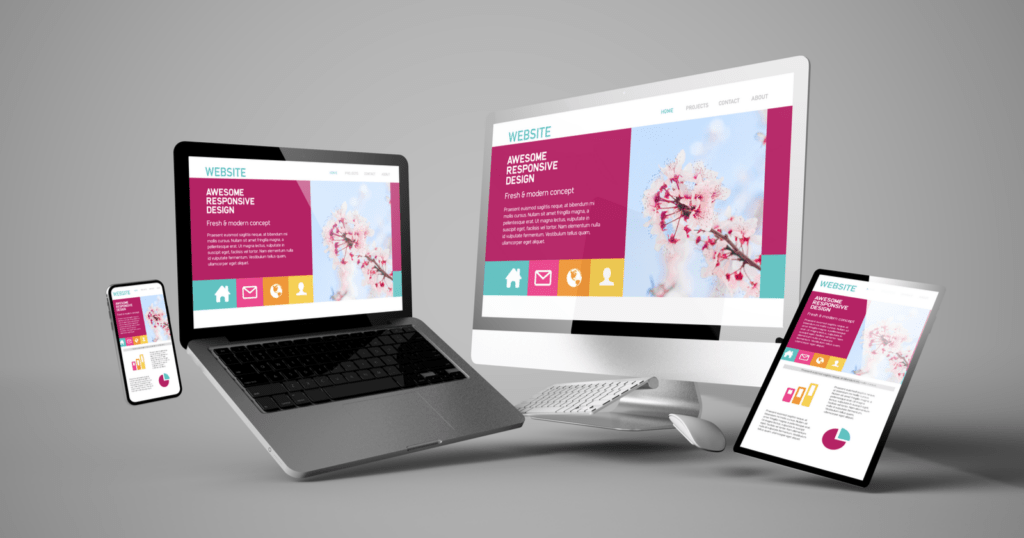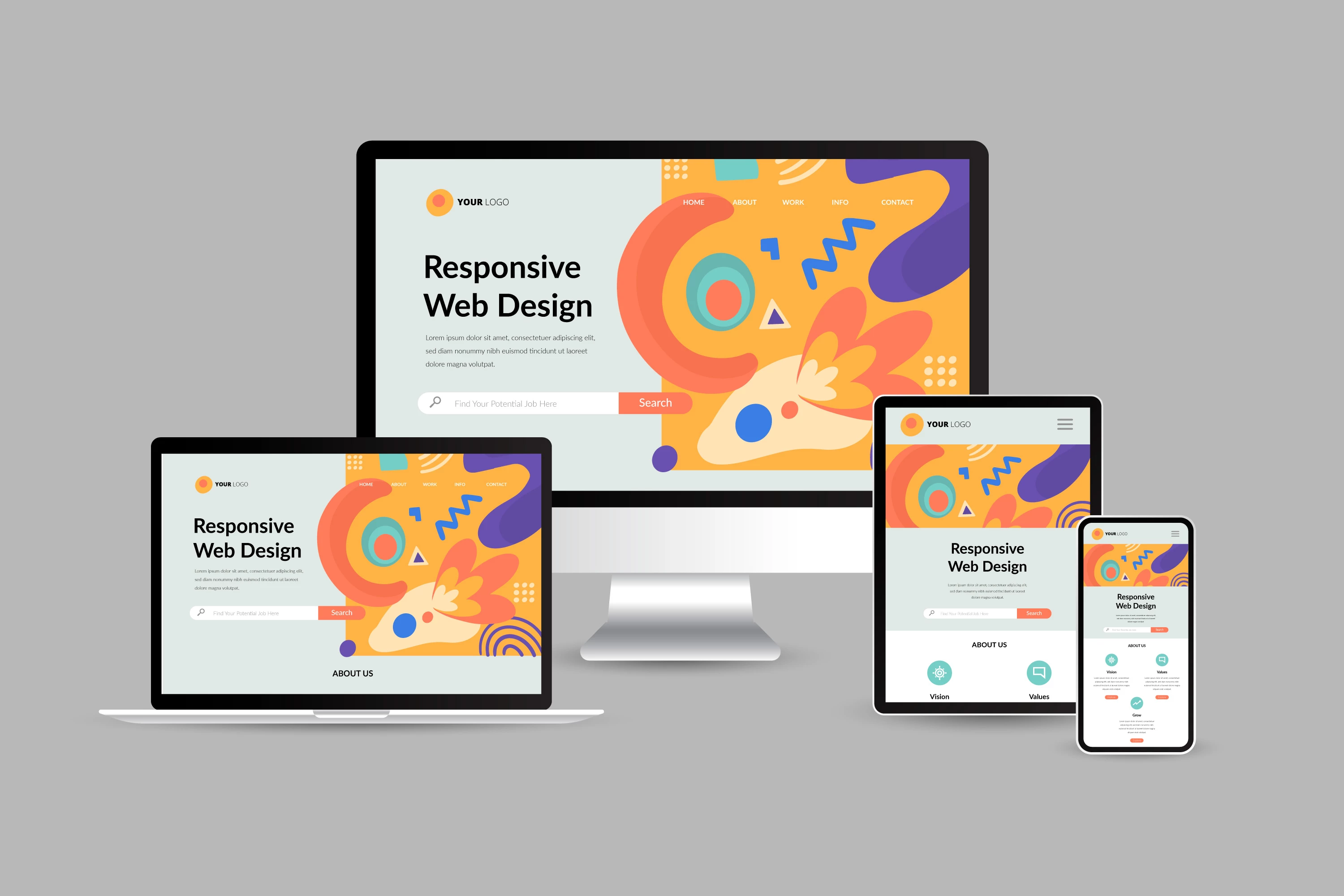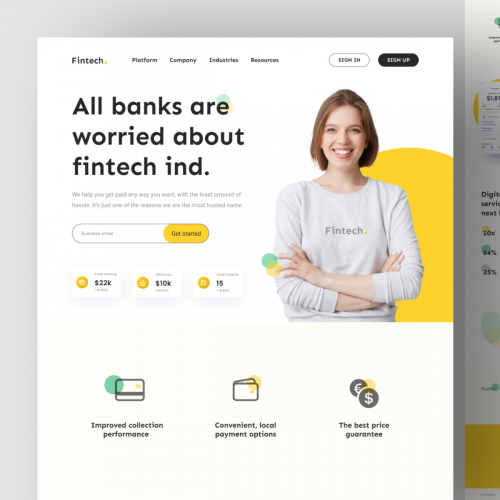Differences Between Custom and Template-Based Website Design
Differences Between Custom and Template-Based Website Design
Blog Article
The Power of User-Centered Internet Site Style in Expanding Your Online Target Market
Efficient layout concepts-- such as user-friendly navigating and availability-- are essential in fostering customer satisfaction and loyalty. What approaches can organizations embrace to ensure their designs resonate with users and inevitably drive development?

Comprehending User-Centered Layout
User-Centered Design (UCD) is a basic method to web site growth that prioritizes the demands, choices, and actions of end customers throughout the design procedure. This approach emphasizes recognizing customers deeply-- via research study techniques such as interviews, studies, and usability screening-- to develop an internet site that resonates with them. By incorporating individual comments at every stage, designers can guarantee that the final product straightens closely with individual expectations.
UCD promotes repetitive style, where models are tested and fine-tuned based upon individual interactions and experiences. This cycle not only improves usability however likewise promotes a sense of possession amongst customers, as they feel their input is valued and impactful. Furthermore, UCD assists identify potential barriers and discomfort factors in the individual journey, enabling developers to attend to these difficulties proactively.
Eventually, accepting UCD causes websites that are extra user-friendly, appealing, and effective. By putting individuals at the facility of the style process, organizations can create electronic experiences that not just draw in but likewise preserve their target market, driving better fulfillment and commitment. In an affordable on-line landscape, this strategy is crucial for accomplishing continual success.
Trick Principles of Individual Experience
An effective individual experience (UX) depends upon a number of vital concepts that guide the design procedure and enhance communication in between individuals and the site. Usability is vital; the internet site has to be instinctive, allowing customers to navigate conveniently and locate information swiftly. This consists of clear labeling and a sensible structure that reduces cognitive lots.
Secondly, ease of access plays a crucial function in ensuring that all individuals, no matter their capabilities or specials needs, can efficiently involve with the website. Integrating alt message for images, key-board navigation, and screen reader compatibility fosters inclusivity.
Consistency is one more essential concept. A natural style language, from color pattern to typography, assists users develop experience and trust with the website (Website Design). It also reinforces brand name identity
In addition, comments mechanisms are crucial. Users should receive clear and prompt feedbacks to their actions, whether through aesthetic signs or confirmation messages, which enhances their self-confidence in browsing the site.
Finally, mobile responsiveness can not be overlooked. With an enhancing variety of users accessing web sites using mobile tools, a layout that adjusts seamlessly to various display dimensions is essential for maintaining a positive customer experience.

Benefits for Online Engagement
Reliable online involvement provides various benefits that can considerably enhance a website's overall performance - Website Design. By cultivating significant communications in between customers and the site, organizations can grow a dedicated audience that returns with regularity. Involved users are extra likely to share web content, therefore increasing organic reach and bring in brand-new visitors via word-of-mouth promo
Enhanced online engagement also causes boosted individual contentment. When users find a site that resonates with their demands, they are extra inclined to discover its offerings thoroughly, which can bring about greater conversion prices. Additionally, appealing web content encourages individuals to spend more time on the site, decreasing bounce prices and positively affecting search engine ranking formulas.
Moreover, effective interaction offers vital understandings into customer preferences and habits (Website Design). By analyzing user interactions, companies can tailor their web content and style techniques to satisfy the developing assumptions of their target market. This flexible method not only increases interaction however likewise strengthens the brand's track record as responsive and user-centric
Ultimately, focusing on on-line interaction through user-centered design produces a successful ecosystem where both the target market and the company benefit, causing continual growth and success in the digital landscape.

Techniques for Efficient Design
To optimize the benefits of online interaction, employing certain methods in web site layout is critical. First, instinctive navigation is important; individuals must easily discover details without complication. A well-structured food selection, clear labels, and a logical hierarchy boost the customer experience and lower bounce rates.
Second, receptive layout is crucial in today's multi-device atmosphere. Guaranteeing that a web site adjusts flawlessly to numerous display dimensions cultivates ease of access, thus fitting a broader target market. This versatility not only improves customer complete satisfaction yet likewise positively influences internet search engine rankings.
Third, making use of visual power structure overviews users' interest to crucial components, such as contact us to action (CTAs) Using contrasting colors, differing font sizes, and tactical spacing can properly guide customers toward preferred actions, helping with greater interaction.
Furthermore, applying constant branding throughout all web pages builds trust fund and recognition. A natural shade imagery, typography, and plan enhance brand identification and create a professional look.
Lastly, maximizing loading rates is crucial. Customers are less likely to involve with a slow-loading website, making efficiency optimization a crucial aspect of effective style. By including these techniques, website makers can enhance user experience and eventually grow their online target market.
Real-World Success Stories
Success stories in user-centered site layout show the substantial advantages of focusing on individual experience. One remarkable example is the redesign of the internet site for the nonprofit organization, Charity: Water. By incorporating customer comments, the organization streamlined navigating and stressed storytelling via impactful visuals. As an outcome, they experienced a 250% increase in on-line contributions, showing exactly how an instinctive layout can drive user engagement and assistance.
An additional engaging case is that of Airbnb, which used user-centered layout principles to enhance their booking procedure. By streamlining the user journey and integrating individualized suggestions, they dramatically minimized site abandonment prices. This focus Visit Your URL on customer experience added to a revenue development of over 70% in a single year, highlighting the connection in between properly designed user interfaces and monetary success.
Additionally, the e-commerce titan, ASOS, applied individual testing to refine their mobile app. By resolving individual discomfort factors, they accomplished a remarkable 30% rise in mobile sales. These instances highlight that spending in user-centered style not only enhances individual complete satisfaction however also drives concrete organization outcomes, enhancing the vital function of user experience read the article in attaining on-line development.
Final Thought
By prioritizing individual requirements and preferences, companies can create easily accessible and intuitive digital experiences that promote commitment and drive conversions. The assimilation of customer responses throughout the layout process not just lowers bounce rates but likewise encourages expedition.
User-Centered Layout (UCD) is an essential approach to web site growth that prioritizes the requirements, choices, and habits of end individuals throughout the layout procedure. By including user comments at every phase, developers can make certain that the last item aligns very closely with user expectations.
A successful individual check my blog experience (UX) pivots on a number of crucial principles that guide the design procedure and enhance communication in between customers and the site.Success tales in user-centered website layout highlight the substantial advantages of focusing on individual experience. These examples highlight that spending in user-centered layout not only enhances customer complete satisfaction but likewise drives tangible company results, strengthening the crucial function of customer experience in attaining on the internet growth.
Report this page